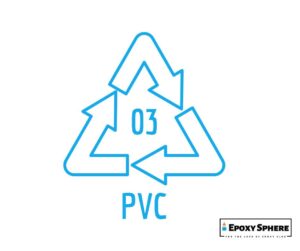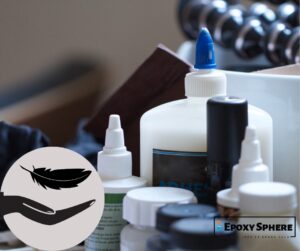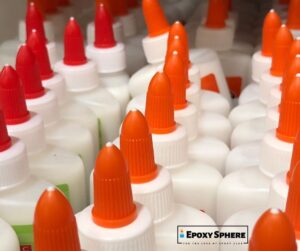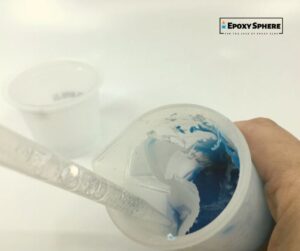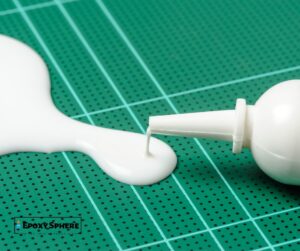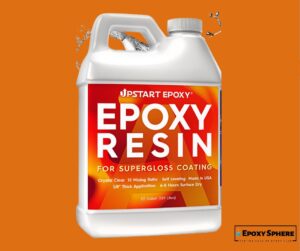
The epoxy adhesive must be essential to any DIY enthusiast or artist toolkit. Extremely strong, dynamic, and versatile, epoxy can be used for various projects, from gap filling to repairing the furniture, and can be used on concrete flooring. It’s also straightforward to use except on an industrial scale.
Epoxies are adhesives substances formed from a mixture of epoxy resin and hardener. These substances are always kept separately, so they can be only mixed when you’re ready to start gluing. However, when using this adhesive, it’s always best to know how to loosen epoxy glue, just in case.
Why You Might Need To Loosen Epoxy
Epoxy is a dynamic material usable on quite a number of surfaces, like plastic, wood, metal, and concrete during construction or installations.

Incorrect Application
Accidents are inevitable and are bound to happen, and you may need to loosen a cured or uncured epoxy. Although poor-grade epoxy may lose grip and affect time, getting rid of the hardened epoxy can be a severe problem.
Need to Separate Pieces Previously Joined
If you have joined two pieces of materials together before using epoxy, the need can later arise for you to separate them.
To do this successfully, you might need to be aware of the several methods to loosen your epoxy without damaging any parts of the item. Loosening your epoxy will help you achieve a clean breakoff of the bond.
To Clean Spills
When working with epoxies, it’s uncommon to have spills or drips of epoxies in places you don’t want them to get on. In such instances, you can use the techniques here to help you loosen it off the surface. This ensures your project is neat and is not stained with epoxy.
How to Loosen Epoxy Glue from Materials
There are several ways to loosen epoxy from surfaces and materials. However, most revolve around using solvents, applying heat, and using mechanical means:
Acetone
Using acetone on epoxies is one of the most popular means of loosening the adhesive of your project. The advantage is that acetone is readily available and can be purchased at household stores and online.
To remove the epoxy, you need to soak a piece of cloth or cotton swab and rub it on the area you want to loosen. By doing this, the epoxy softens and can be removed without much stress.
However, care has to be taken when using acetone on your epoxy. Acetone can give off an offensive odor to some and can cause a reaction if used on sensitive skin. To avoid these, it’s best to use acetone in rooms or environments with proper ventilation.
Again, acetone is highly flammable, which can increase the chances of fire outbreak if used around open-source flames. After using acetone, wash your hands thoroughly with water and soap, as acetone takes away moisture from the skin. An excellent moisturizing cream will be helpful here.
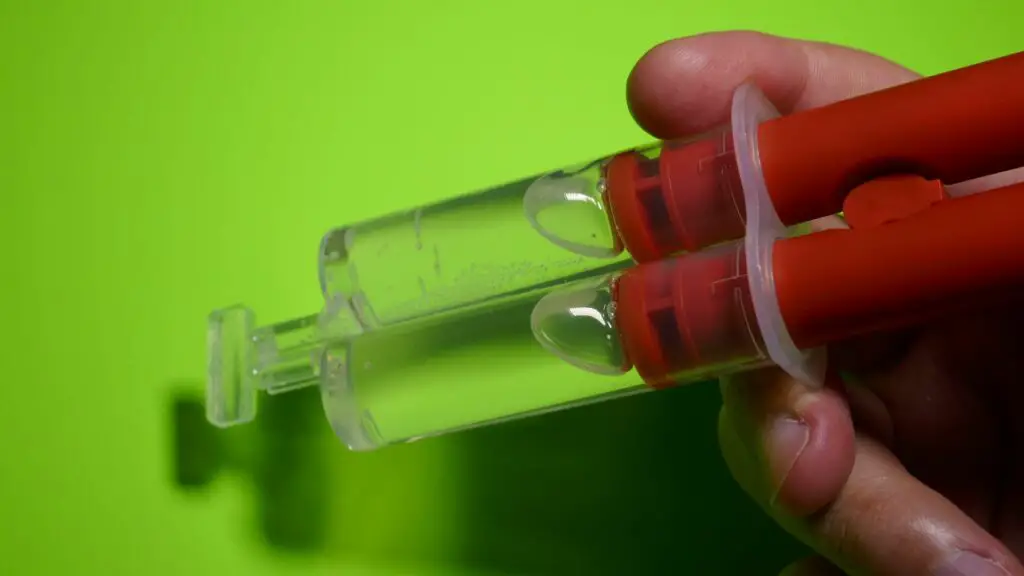
Denatured Alcohol or Ethanol
When you want to loosen an epoxy that isn’t fully cured, this can be done easily using ethanol or denatured alcohol on the intended surface.
Just soak a piece of dry cloth in ethanol and wipe it thoroughly on the area to be loosened. If the resin is completely cured, paint thinner must be used first to soften it, then ethanol must be applied later to relax it completely.
Adhesive Remover
This solvent is only recommended when the epoxy is applied accidentally on the wrong surface, or it flows to the wrong place; you can immediately add adhesive remover to a dry cloth and wipe it off. This is best for small spills of epoxy on surfaces.
Using Heat Gun
It can be challenging to remove fully cured epoxies; applying heat from devices is an option that works well. Using a heat gun, a blowtorch, or some other device that can blow hot air on the resin, the epoxy can be softened and then scraped off using a scraper.
The device temperature should be set at about 200C and be held at a distance so the damage won’t be done to the surface. Evenly distribute the heat over the resin in small sections at a time, so you have a proper loosening of the epoxy.
Mechanical Separation
By separating the mended connection, you have loosened the epoxy. This method is hardly used and is only applied when heat and solvent can damage the material, e.g., Fabric, Plastic. This often involves sanding, filing, and scraping.
It is also used when epoxy is applied to porous and soft materials. To do this, find a device that can be used to separate the bonded part after separation, use a brush to wave off the adhesive, and lastly, wipe the surface with alcohol.
Where Can I Use Epoxy Glue?
Epoxies are very versatile and can be used on many surfaces. Here are some of the most popular surfaces you can easily apply epoxy on in no time:
Using Epoxy on Wood
Maybe you’ve got a broken piece of furniture or cracks in your wooden furniture piece? You will need epoxy glue that’s made explicitly for repairing wooden surfaces. This handy 2-part epoxy resin sets in five minutes and is resistant to water.
Epoxy repair made for wood can be used for a wide range of wooden surfaces, from MDF to pine, and it’s suitable for outdoor and indoor use.
The surface can be sanded or drilled once it has been set without leaving any sign of repair work being carried out on the surface.
Using Epoxy for Metal
Epoxy glue is also an excellent, highly effective tool for bonding metals. It also saves the stress and workload of soldering or welding.
There is a range of 2-part solid epoxy adhesives, including Epoxy Resin: Metal, which is the perfect product for bonding jobs involving metal.
Such epoxies can be used to repair a variety of metal objects, from car number plates to garden chairs. It’s easy and quick to use; the setting time is just five minutes.
Once it’s solid, the surface will be sanded or drilled, and traces of your repair work will not be noticed.
Using Epoxy for Other Materials
Epoxy adhesives are remarkably versatile tools; from leather to wood, it appears that epoxies can be used to bond just about anything.
If you desire to purchase a product that can be used to fix a wide range of materials, then going for an all-purpose epoxy is recommended.
Anyone can use this quick-setting epoxy glue on materials such as glass, metal, rubber, ceramics, leather, cardboard, masonry, and plastics.
Epoxy isn’t only waterproof but also resistant to frost and heat, making it suitable for outdoor and indoor use.
However, if you have doubts about if the material you want to bond is compatible with epoxy glue, always consult the instructions on the package to be sure.
Conclusion
In summary, we have made the information above easy enough to understand how to loosen epoxy and what method suits what material. Using any of the three methods of loosening epoxy above will get you your desired result. If you’re still unsure, you can ask a professional to assist you in loosening your epoxy-faulted material.

Hi, This is John Davis. After years of working in the construction industry, I decided to create a website that would provide people with information about glue and its exceptional uses. I hope You find it useful

